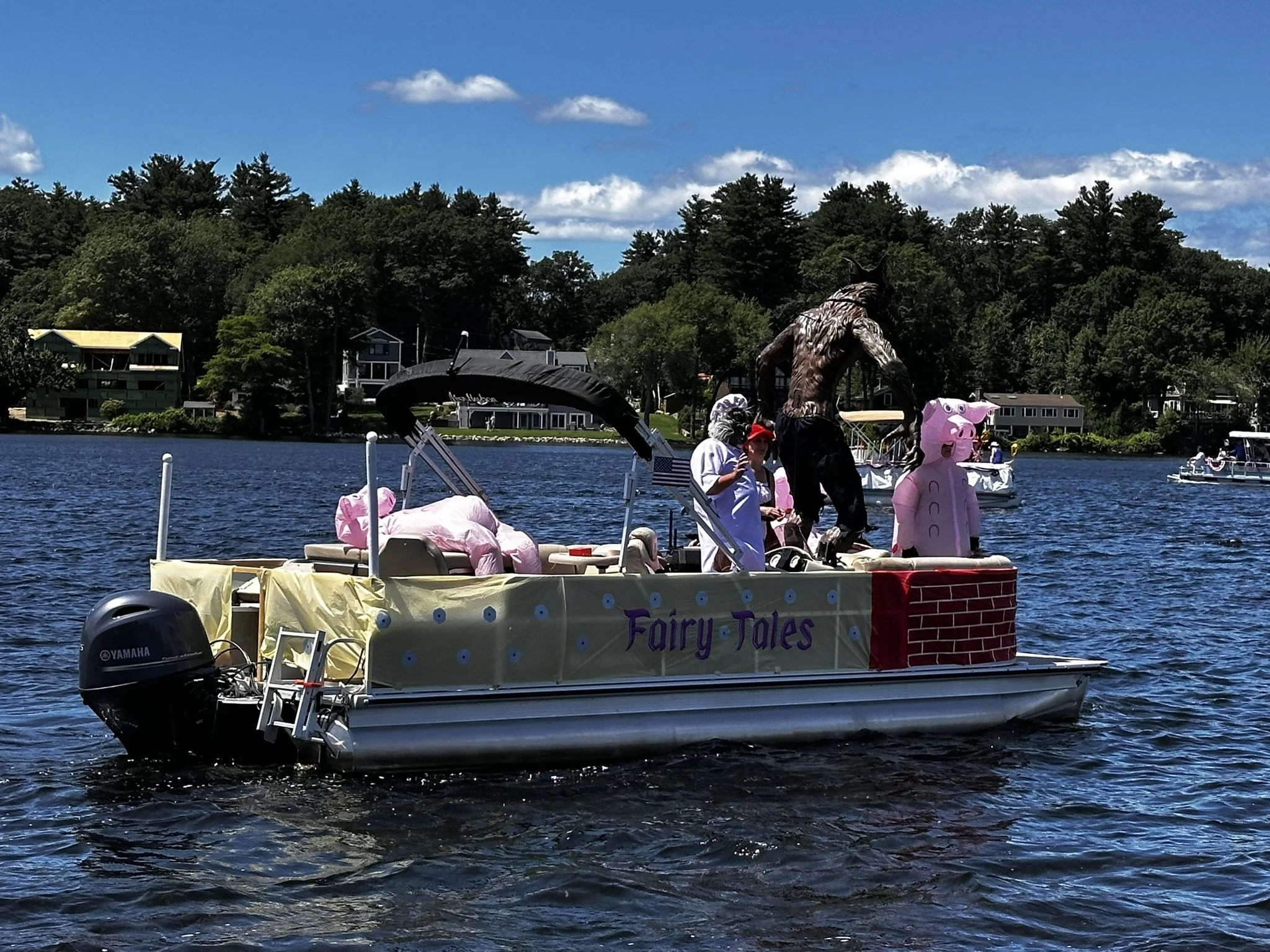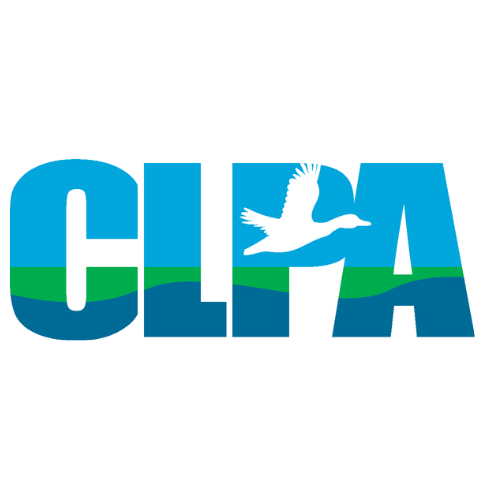

2025 4th of July Annual Boat Parade
Thank you to everyone who took the time to decorate their boats and participate in the boat parade, whether by boat or cheering from the shoreline, waving and celebrating July 4th, 2025 together.

2025 Loon Update from Canobie Lake!
Exciting news — our resident loons are actively nesting! This photo captures a special moment: a shift change between the pair as they take turns keeping their two precious eggs warm and safe.

2024 Salem NH Water Quality Report
The Municipal Services Department — Utilities Division is pleased to provide you with this year’s annual water quality report. The source of water used in this report includes Canobie Lake, Arlington Pond and Southern New Hampshire Regional Water.
